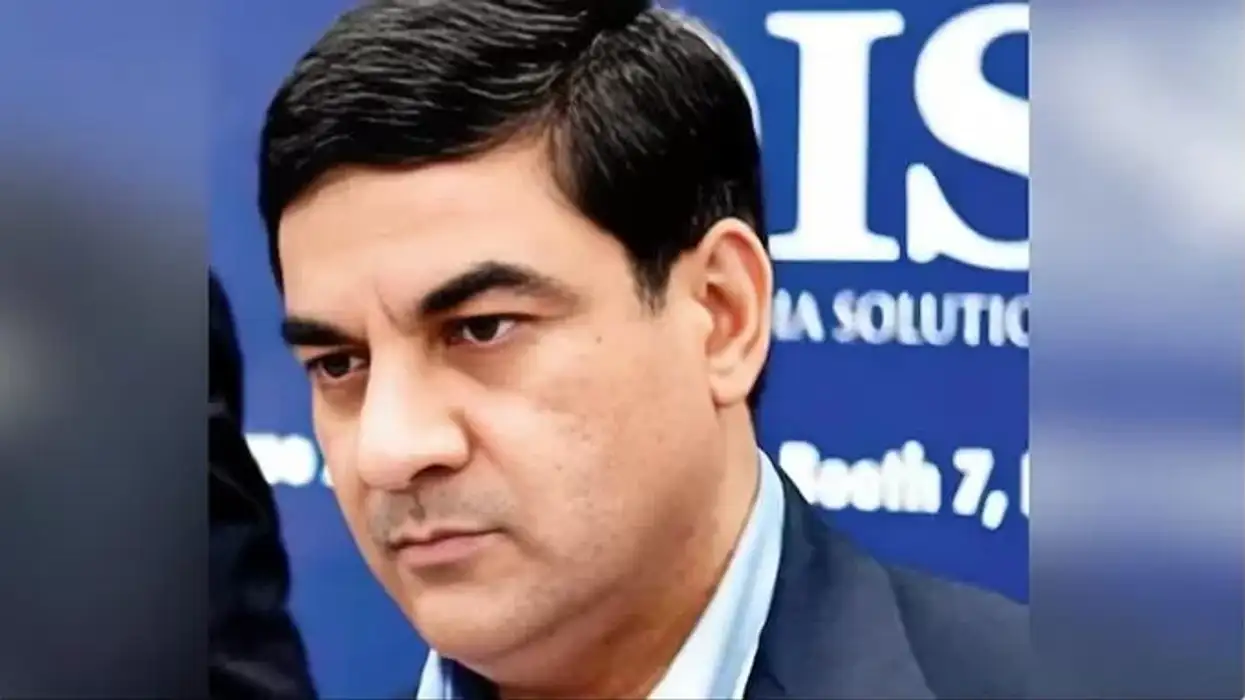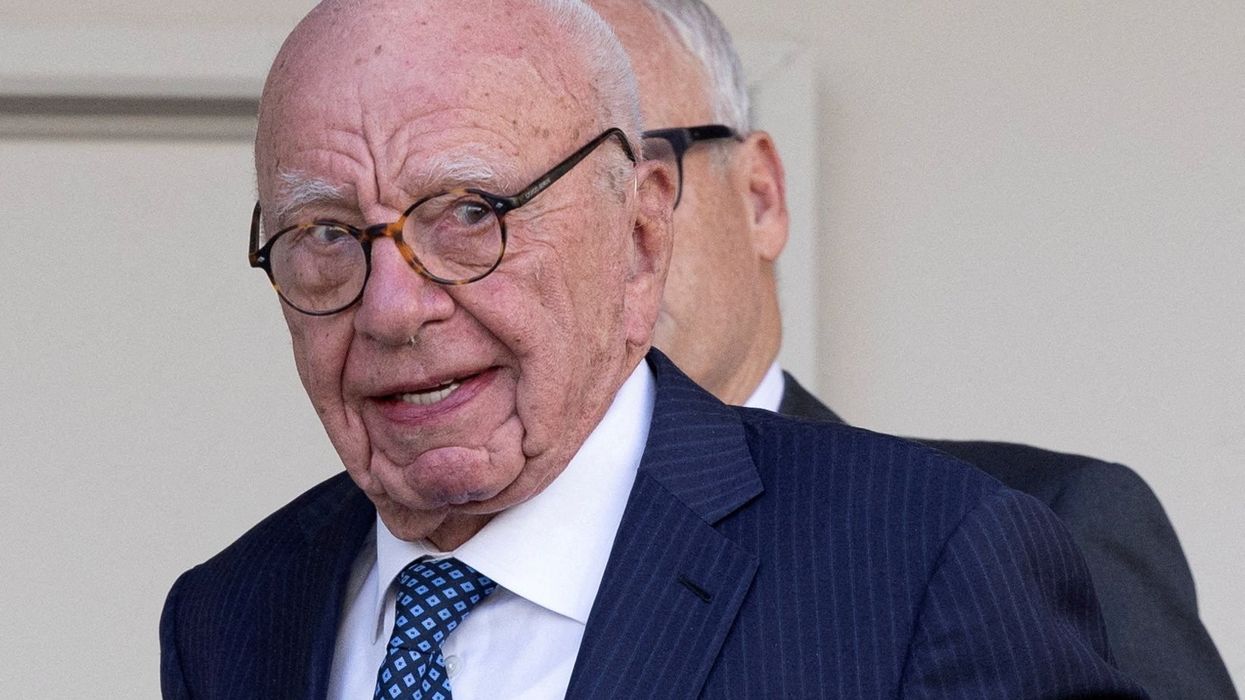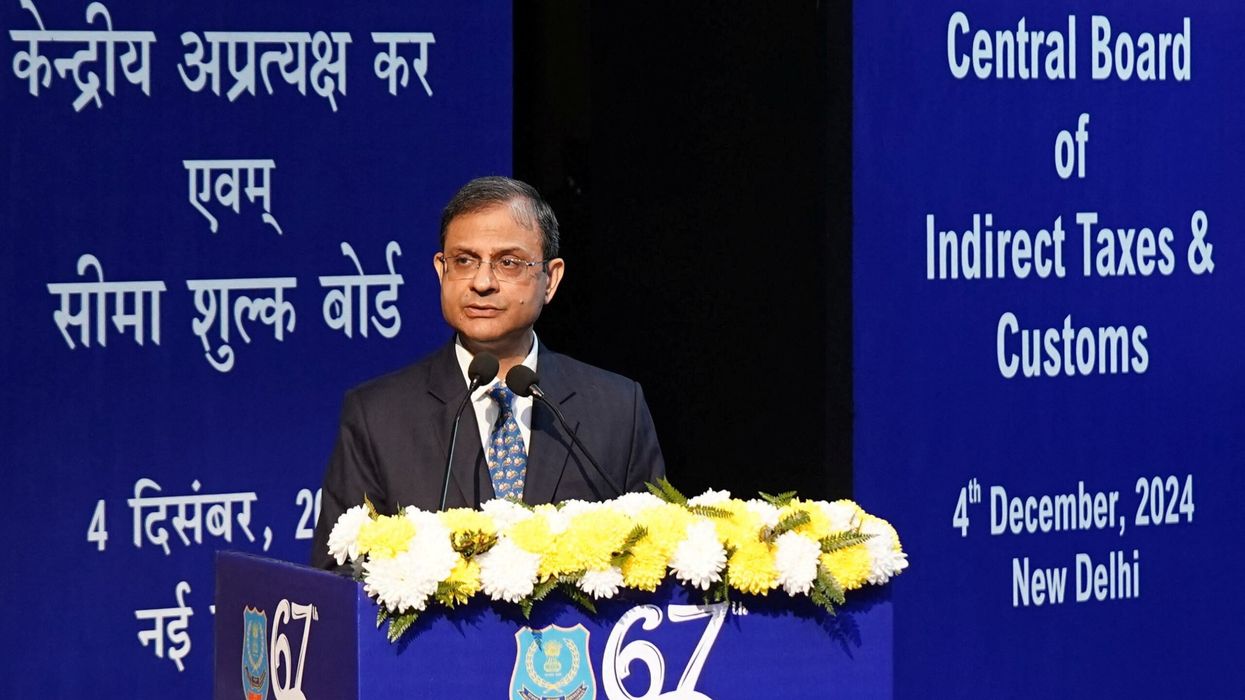INDIA detected at least 22 violations of auditing standards by Deloitte Haskins & Sells and a KPMG affiliate while investigating a fraud at a financial company, leading it to seek a five-year ban on the auditors, according to government legal filings.
The failures were detected as part of a wide-ranging probe into alleged fraud and mismanagement at Leasing & Financial Services (IL&FS), which defaulted on its debt obligations last year and sparked fears of financial contagion.
Both auditors have denied wrongdoing.
After the government took over IL&FS, federal investigators began looking into one of its key financial units, IFIN, which was audited by Deloitte between 2008-09 and 2017-18, and by a KPMG affiliate, BSR & Associates, from 2017-18.
The auditing firms gave clean audit reports and "deliberately" failed to report fraudulent activities at IFIN, said a 214-page tribunal filing submitted on Monday (10) by the corporate affairs ministry.
Citing an investigation by the Serious Fraud Investigation Office (SFIO), the filing said auditors had "miserably failed to fulfil the duty entrusted to them", adding they colluded with a group of IFIN officials to conceal facts.
"Simply put, the fraud committed at IFIN is nothing short of organised crime, actively aided and abetted by the statutory auditors," said the ministry filing.
In response to an e-mail from Reuters detailing the allegations made in the filing, a Deloitte spokesman said it was confident "it has been thorough and diligent" in its duties as an auditor and looked forward to presenting its position to the courts and relevant authorities.
"The firm stands fully for its audit work which has been conducted in full compliance with the professional standards in India," Deloitte said.
KPMG affiliate BSR said it was studying the government's tribunal filing and would "defend our position in accordance with the law", adding: "BSR's audit of IFIN was performed in accordance with the applicable auditing standards and legal framework."
IL&FS did not respond to a request for comment.
The National Company Law Tribunal on Monday asked Deloitte and the KPMG affiliate to file their responses on the allegations, setting June 21 as the next hearing date, said Sanjay Shorey, director for legal prosecution at the corporate affairs ministry.
The government has urged the tribunal to impose a five-year ban on the two auditors. It has also sought to bar the accounting firms from selling any of their properties while the case is heard, legal filings showed.
Part of the IL&FS group, IFIN was one of the thousands of shadow banking companies in India, whose primary business is to raise funds for lending from banks and the public.
The SFIO probe found IFIN extended loans to companies that did not service their debt. Then, to avoid classifying them as bad loans, it lent funds to the defaulters' group companies that were used to repay the earlier loans, the filing said.
There were 88 instances of loan disbursals and repayments with an amount totalling Rs 92.8 billion.
"The auditors, despite being aware of this modus operandi of fraudulently funding of principal and interest to the defaulting borrowers, had not reported the same in the audit report," the government alleged in the court filing.
IFIN also raised funds through debentures: its 2017-18 financial statements showed it had borrowed around Rs 51bn over the years. The government alleged Deloitte made no reference to auditing how those funds were used in recent years, and BSR too did not do so in 2017-18.
Other alleged violations that the government filing said were detected by the SFIO included a lack of verification through analytical tools, non-compliance with company law provisions and lack of auditing based on central bank inspections of the company.
The probe, which included a review of internal e-mails, also found that a Deloitte partner in 2017 had been offering an accounting service of Deloitte's consulting arm to IL&FS. In another instance in 2016, a Deloitte partner was providing management consultancy on a transaction.
Deloitte did not respond to a request for comment on these allegations, which the government alleges were breaches of company law rules in India that prohibit auditors from rendering certain other services.
The IL&FS crisis has since last year spooked stock markets and cast a pall over on India's shadow banking sector, which comprises of more than 10,000 firms with a combined balance-sheet of about $304bn.
"IFIN may only (be) the tip of the iceberg, as the rest of the IL&FS Group companies are still under investigation," the government filing said.
(Reuters)





 Manavatty was selected for SNP's traditional fundraising auctionJohn Xavier
Manavatty was selected for SNP's traditional fundraising auctionJohn Xavier  Manavatty 71 is the flagship a tribute to traditionJohn Xavier
Manavatty 71 is the flagship a tribute to traditionJohn Xavier 





